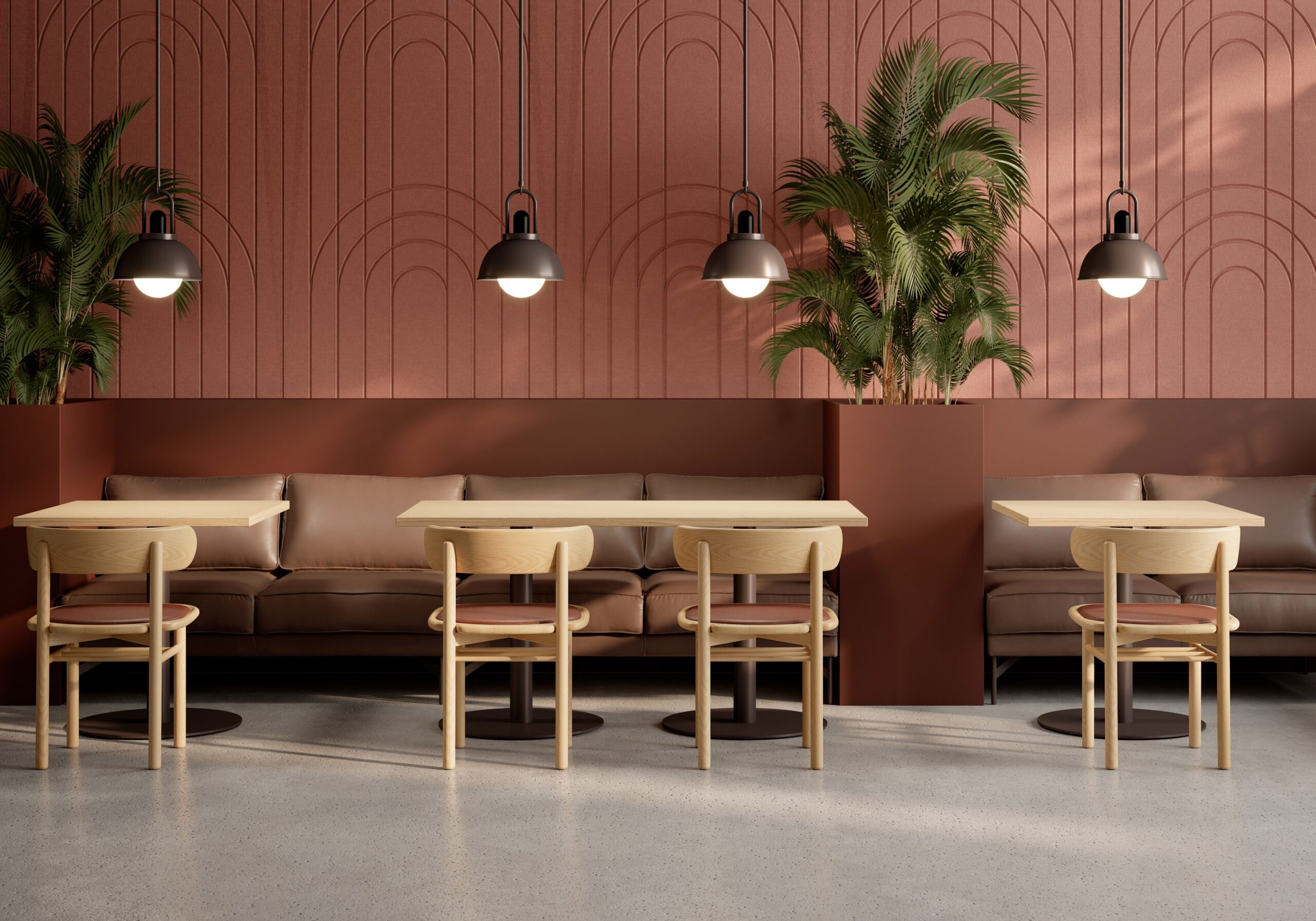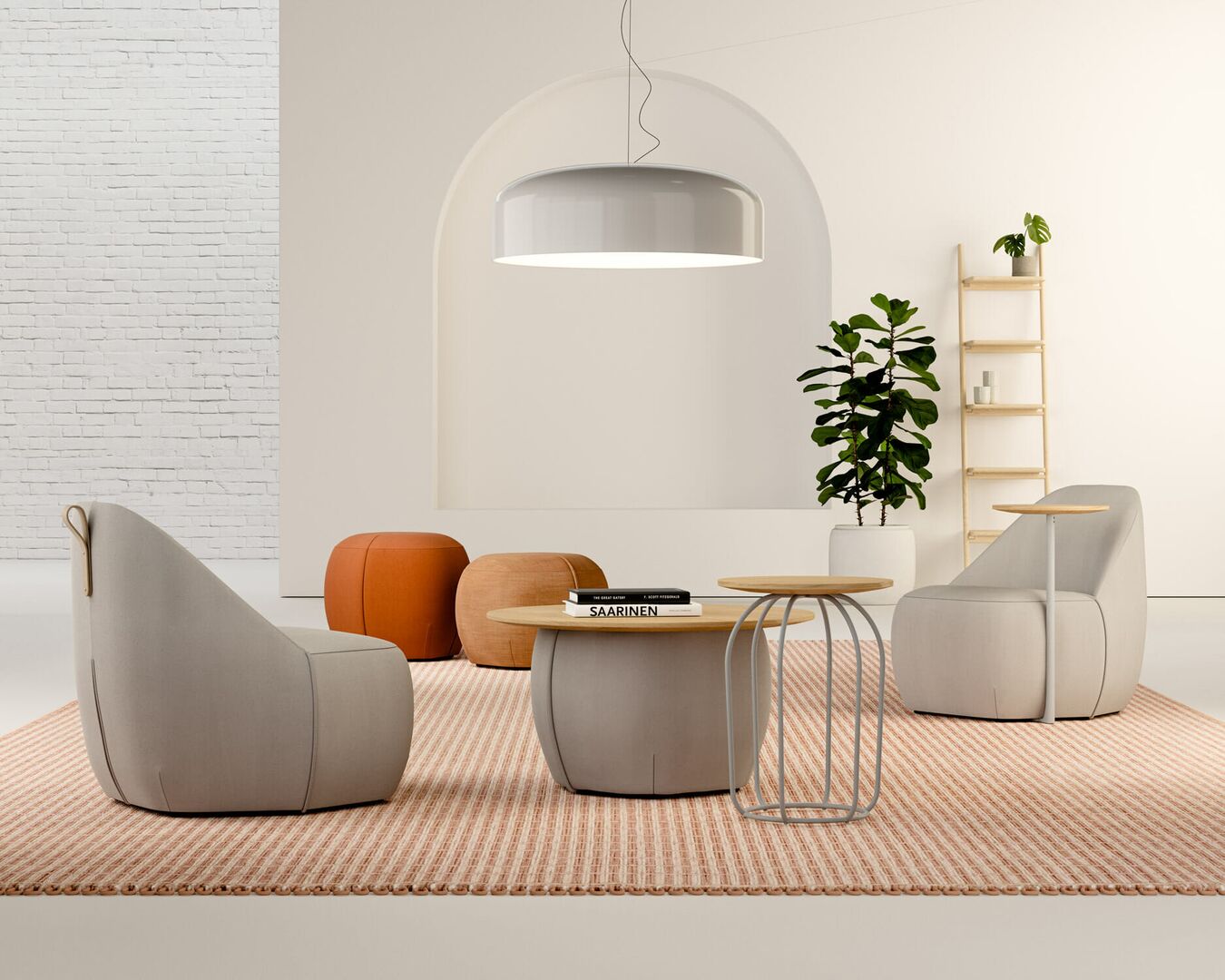When it comes to office design, the choice of colors plays a crucial role in shaping the atmosphere and influencing employee mood, creativity, and productivity. Among the wide palette of choices, orange stands out as a bold and vibrant option that energizes spaces while maintaining a sense of warmth and approachability. This article explores how the color orange can transform office environments and inspire dynamic work culture.
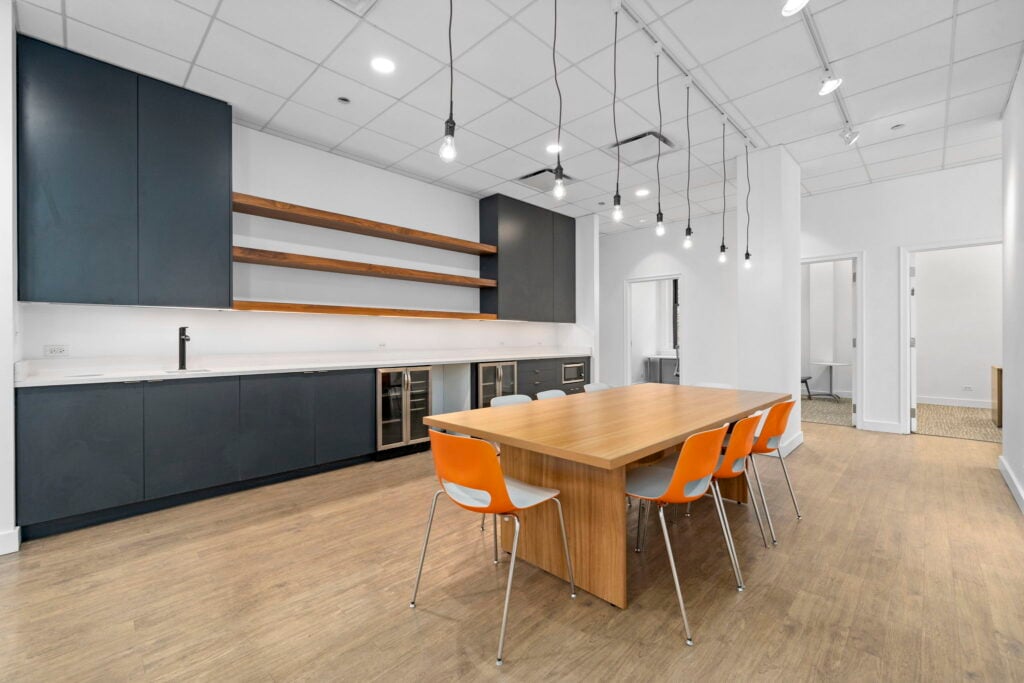
Psychological Impact of Orange
Orange is a combination of red’s energy and yellow’s cheerfulness, making it a stimulating yet balanced color. It is often associated with enthusiasm, creativity, and warmth, making it ideal for spaces that require innovation and collaboration.
- Boosts Energy and Morale
Orange is known to elevate energy levels and uplift moods, helping employees stay motivated throughout the workday. Its warm tones create a welcoming environment, which can reduce stress and promote a sense of well-being. - Encourages Collaboration
As a sociable color, orange fosters interaction and teamwork. Adding orange accents to communal areas such as meeting rooms or lounges can encourage employees to engage in open dialogue and idea-sharing. - Stimulates Creativity
Studies suggest that exposure to orange tones can enhance creative thinking. This makes it an excellent choice for industries where brainstorming and innovative problem-solving are key.
Ways to Incorporate Orange in Office Design
Successfully integrating orange into an office requires a balanced approach. Overuse can be overwhelming, but strategic placement can create an inspiring and harmonious workspace.
- Accent Walls Paint a single wall in a meeting room or break area orange to create a focal point that energizes the space without overpowering it. Softer shades like peach or terracotta can provide warmth, while brighter hues like tangerine add vibrancy.
- Furniture and Decor Introduce orange through furniture such as chairs, sofas, or tables. Complement these with neutral tones like white, gray, or beige to maintain a professional yet lively ambiance. Orange throw pillows, artwork, or lampshades can add subtle pops of color.
- Office Zones Use orange to define specific zones within the office. For example, a collaboration zone could feature orange elements to encourage interaction, while focus areas could lean on softer tones to maintain concentration.
- Branding Integration If orange is part of the company’s branding, incorporating it into the office design reinforces brand identity. Think custom signage, logo displays, or branded wall art.
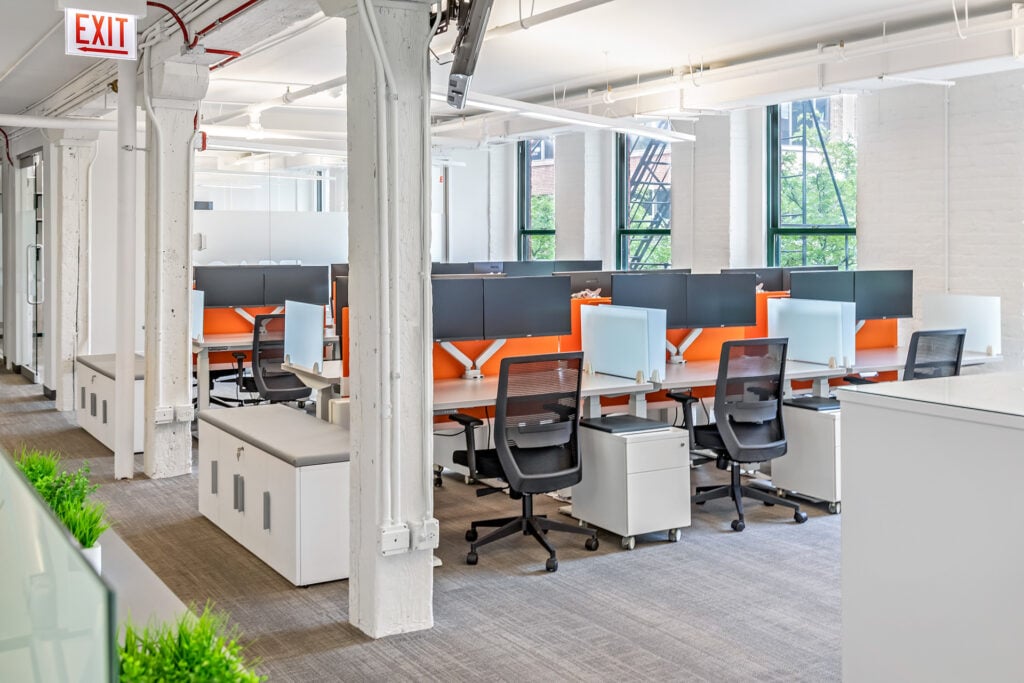
Balancing Orange with Other Colors
Orange works best when balanced with complementary or neutral colors.
- White: Creates a clean, modern look that tempers orange’s intensity.
- Gray: Adds sophistication and professionalism to the space.
- Blue: A complementary color that can add a sense of calm and focus to balance orange’s energy.
By pairing orange with these shades, office designers can create a cohesive and visually appealing environment that avoids overstimulation.
Orange in Different Office Areas
- Reception Areas: A warm orange accent in the reception can make a positive first impression on clients and visitors.
- Break Rooms: Bright orange elements in break rooms can stimulate energy and promote relaxation.
- Conference Rooms: Use orange sparingly to spark creativity without distracting from the tasks at hand.
The Science Behind Orange in Workspaces
Color psychology research indicates that orange stimulates both physical and emotional responses, making it ideal for spaces that require energy and interaction. It also promotes feelings of excitement and possibility, aligning with the goals of forward-thinking organizations.
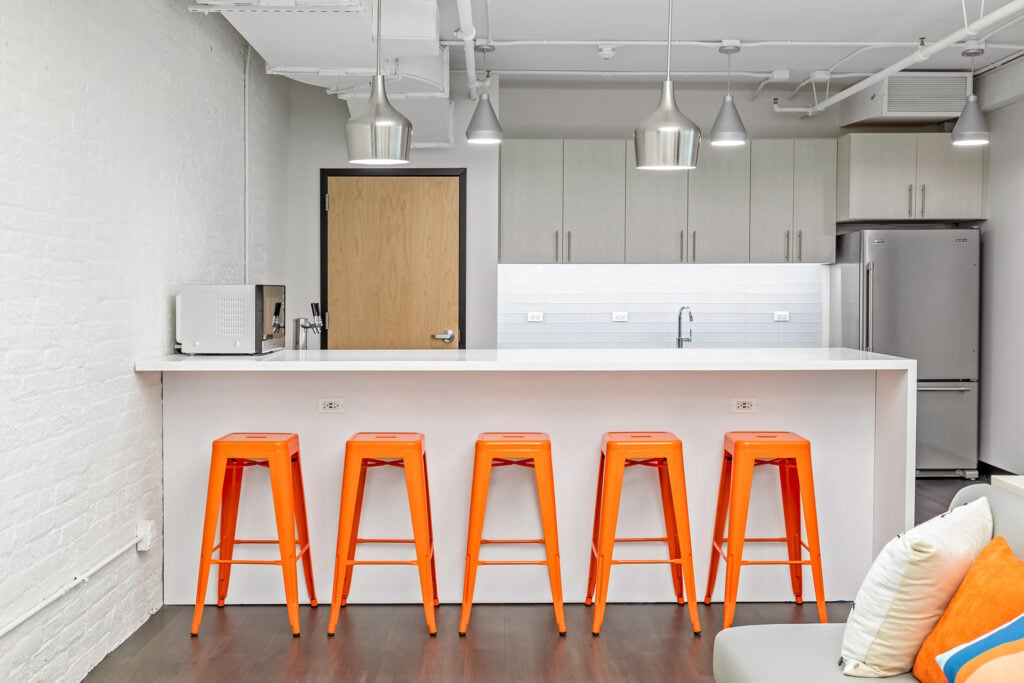
Conclusion
Incorporating the color orange into office design is a bold move that can have profound effects on the workspace. Its ability to energize, inspire, and foster collaboration makes it a valuable tool for businesses looking to create dynamic and engaging environments. With thoughtful implementation, orange can transform an ordinary office into a hub of creativity and productivity.


